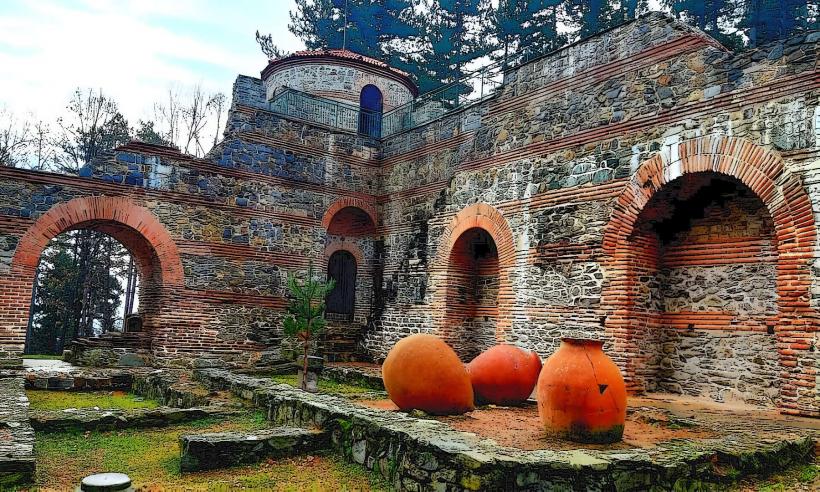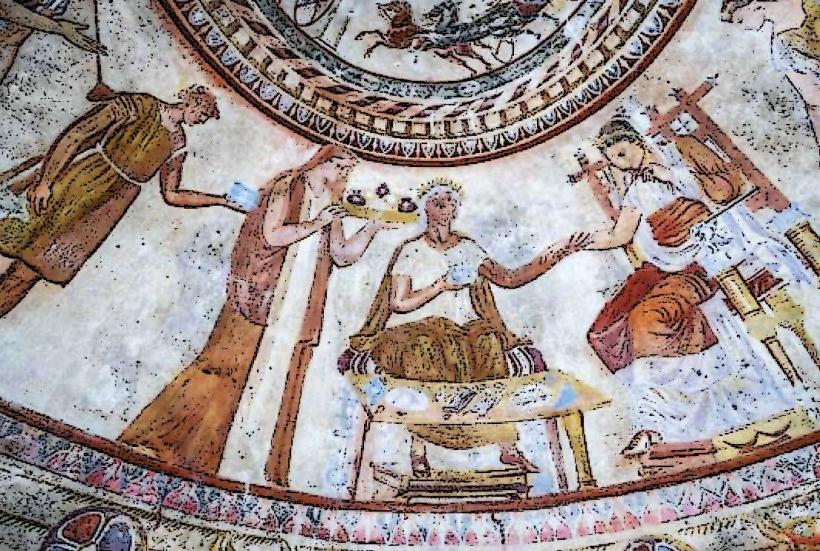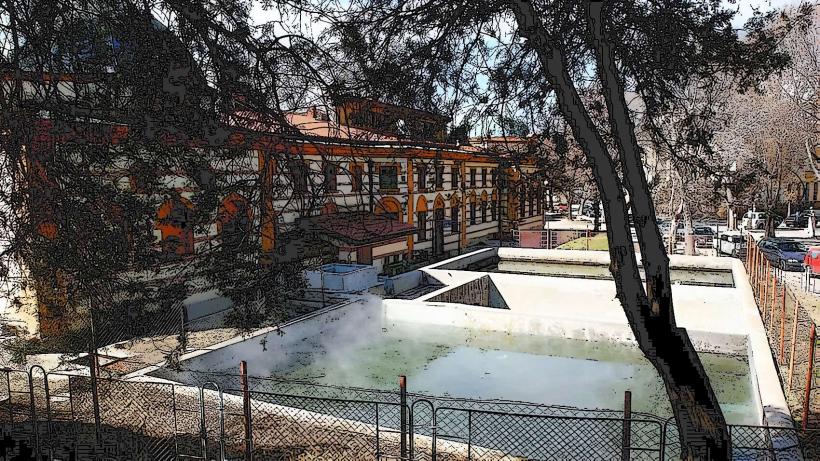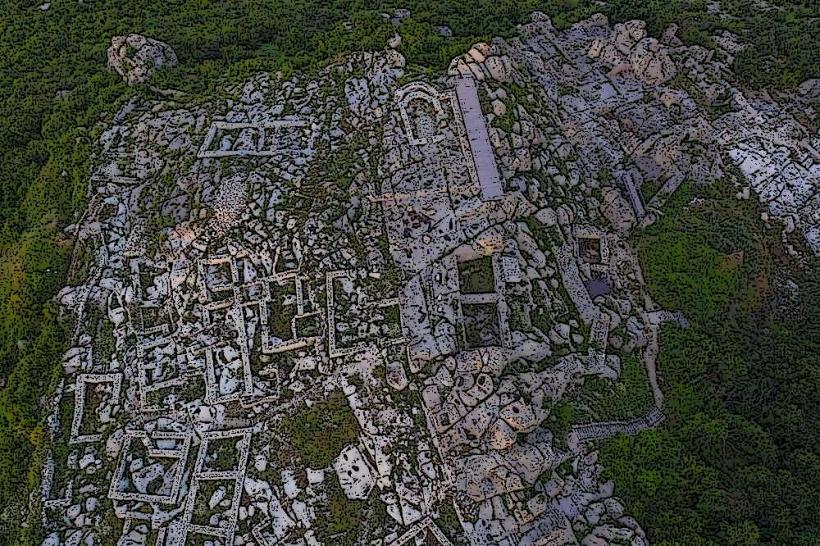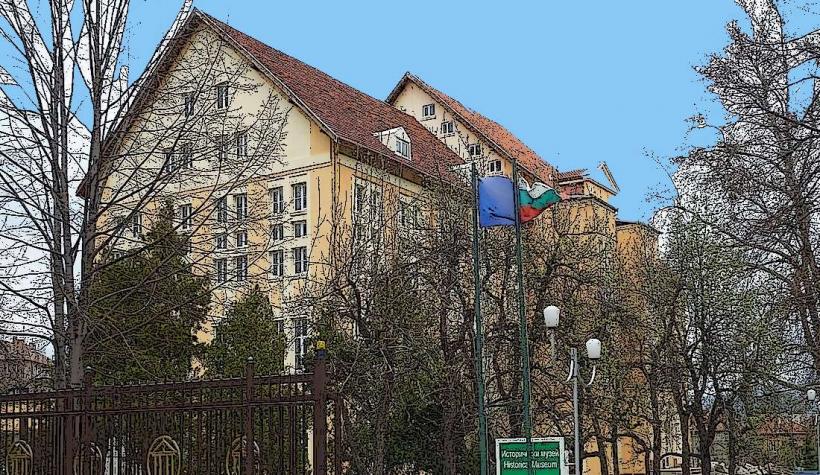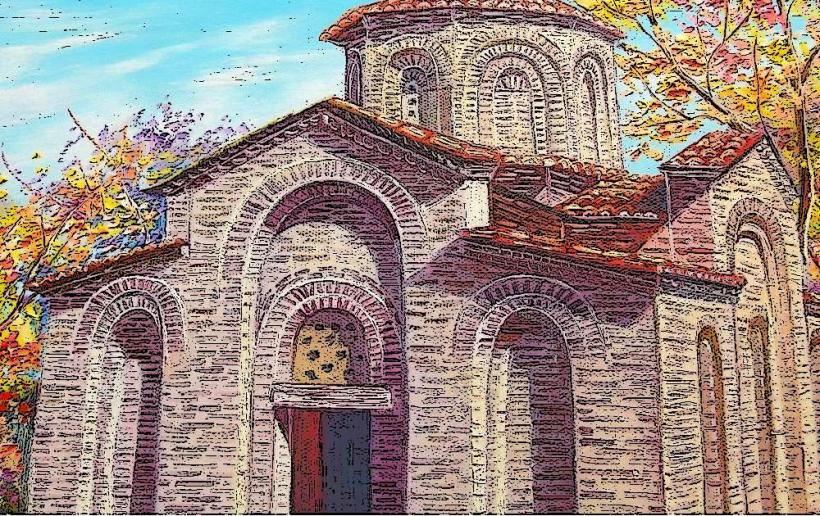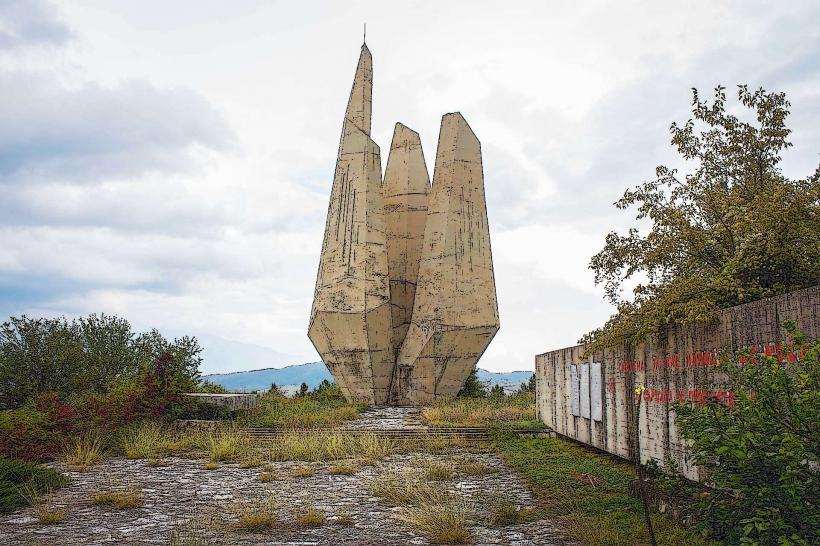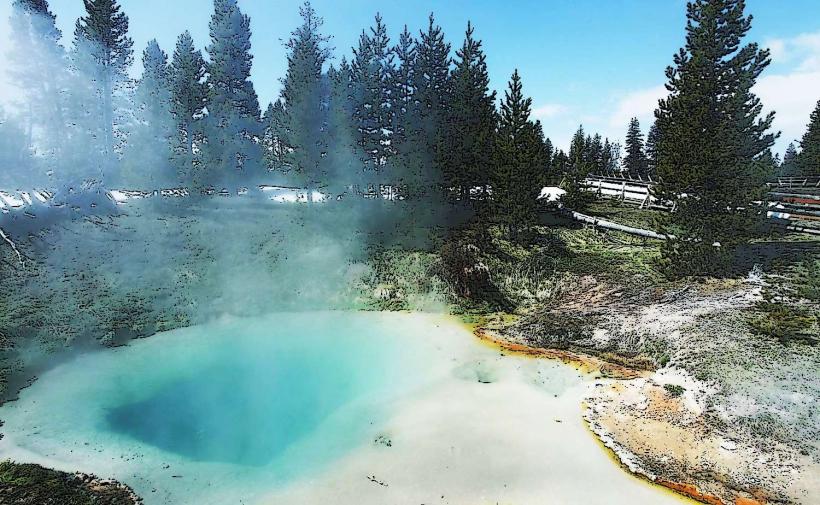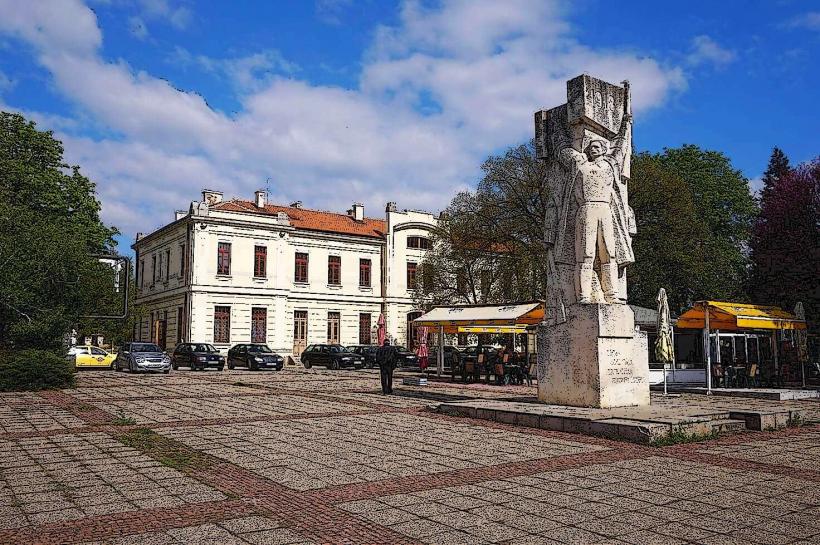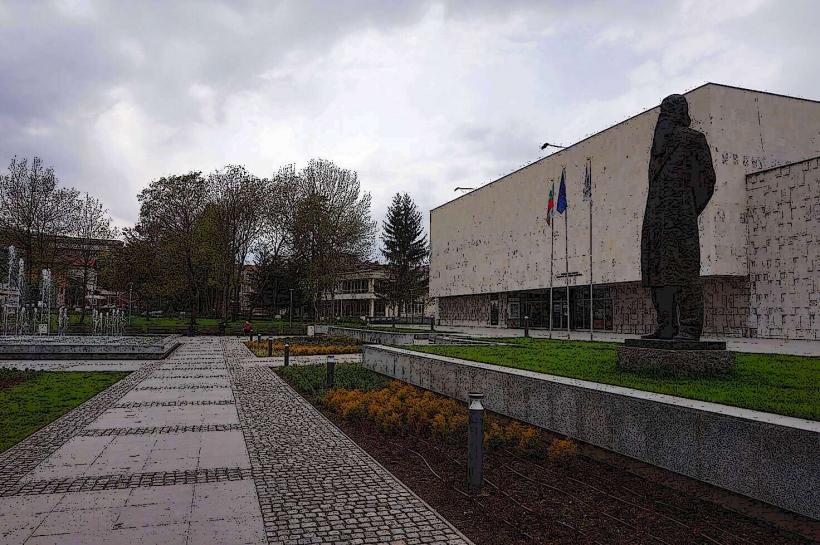Information
Landmark: Church of Sveta PetkaCity: Kyustendil
Country: Bulgaria
Continent: Europe
The Church of St. Petka in Kyustendil is a beautiful and historically significant religious site, known for its spiritual importance as well as its architectural and cultural heritage. It is a prominent Orthodox church in the city, dedicated to St. Petka, a revered saint in the Eastern Orthodox Church.
Overview:
Location: The Church of St. Petka is situated in Kyustendil, a city in southwestern Bulgaria, which is known for its rich history, mineral springs, and cultural landmarks.
Patron Saint: The church is dedicated to St. Petka, also known as Paraskeva of the Balkans, a 10th-century Christian saint revered in the Eastern Orthodox tradition. She is widely venerated in Bulgaria and other Balkan countries, and her feast day is celebrated on October 14. St. Petka is considered a protector of the faithful, and her presence in many Bulgarian churches signifies the community's deep devotion to her.
Historical Significance:
Foundation and Construction: The exact date of the church's construction is uncertain, but it is believed to have been built in the Middle Ages, possibly in the 14th century, during the reign of the Second Bulgarian Empire. Like many other churches in the region, it has undergone several renovations and modifications over time, especially during the Ottoman period.
Religious Role: The Church of St. Petka has long been a center of spiritual life for the local Orthodox Christian community. It is frequently associated with pilgrimages and prayers for protection, as St. Petka is considered to be a patroness of health, miracles, and spiritual healing.
Cultural and Social Importance: Over the centuries, the church has played an important role in local life, not just as a religious building but as a social hub where important events such as baptisms, weddings, and funeral services are held.
Architectural Features:
Style: The church follows the traditional Bulgarian Orthodox architectural style, with simple yet elegant design features typical of the period. It has a rectangular layout with a central nave, a semi-circular apse (eastern part), and a domed ceiling above the altar area.
Iconostasis: Like most Orthodox churches, the Church of St. Petka has an iconostasis (a screen separating the sanctuary from the nave), which is adorned with icons of Christ, the Virgin Mary, and various saints, including St. Petka herself. These icons are painted in the traditional Byzantine style and contribute to the spiritual atmosphere of the church.
Frescoes and Paintings: The interior of the church is richly decorated with frescoes and religious paintings that depict scenes from the life of Christ, the Virgin Mary, and other saints. These paintings, although some have been damaged over time, are an important part of the church’s historical and artistic value. They represent the Bulgarian National Revival style of religious art.
Bell Tower: The church has a bell tower, typical for Orthodox churches in Bulgaria, which houses bells used for church services. The tower is a prominent feature of the church's exterior and serves as a symbol of the church’s spiritual importance in the local community.
Renovations and Preservation:
Over the centuries, the church has undergone several reconstructions and renovations. These efforts have focused on preserving the architectural integrity of the church while also maintaining its cultural and historical significance. The most recent restorations have focused on preserving the frescoes and iconostasis.
The church is carefully maintained by local authorities and religious institutions, ensuring that it remains a functional and attractive place of worship as well as a tourist attraction.
Visitor Experience:
The Church of St. Petka is an active place of worship, and visitors are welcome to attend services, especially on October 14, when the feast day of St. Petka is celebrated. The church also holds regular prayers and services, where visitors can experience the rituals of the Eastern Orthodox Church.
Tourists and pilgrims visiting Kyustendil often stop by the church to admire its architectural beauty, spiritual atmosphere, and the historical artifacts within. It is a peaceful place for reflection and a key site in Kyustendil’s cultural and spiritual landscape.
Conclusion:
The Church of St. Petka in Kyustendil is a spiritually significant, historically rich, and architecturally beautiful landmark in the city. It offers visitors a glimpse into the region’s Orthodox Christian heritage and provides a place of worship, reflection, and cultural appreciation. Whether you are interested in its religious significance, artistic features, or its role in local history, the Church of St. Petka remains an essential part of Kyustendil’s cultural identity.

